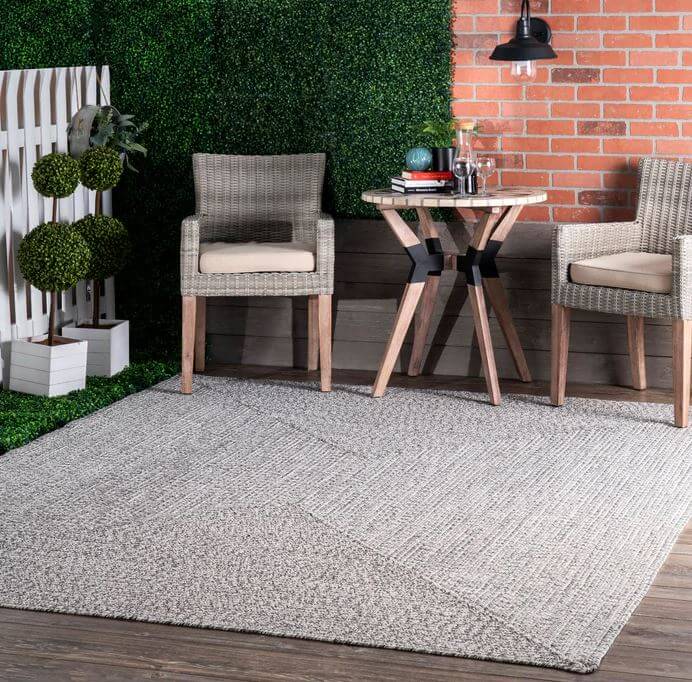Outdoor carpet are not only difficult to clean, but they also tend to leave behind a lot of dirt and debris. This is especially true if you live in a climate that gets a lot of precipitation, such as rain or snow.
If you have an outdoor carpet, there’s a good chance that pests will take advantage of it. Insects such as fleas, ticks, and mosquitoes love outdoor carpet because they are warm and moist, which makes them a breeding ground for insect life.
Outdoor carpets can be easy targets for dirt and grime from all over your yard or garden area. If you have kids or pets around the house, you may find that the carpet gets dirty more quickly than other types of flooring because they tend to touch it more often.
Replacing an outdoor carpet can cost several hundred dollars or more depending on its size and type (terrific quality vs inexpensive synthetic fibers), so this can quickly add up if you have several acres under your care!
Myths about OUTDOOR CARPETS
OUTDOOR CARPETS are less comfortable than INDOOR CARPETS. The truth is that if you’ve ever been cold while lying on an outdoor carpet while it’s raining or snowing outside, then you know that it can be downright uncomfortable. But that’s not the case with these carpets. They are designed to be just as comfortable as your indoor carpets, even when it’s freezing outside!
Outdoor carpets need to be cleaned every week. The truth is that depending on the type of surface you have, some outdoor surfaces may not require weekly cleaning. However, we would still recommend cleaning your carpet once a week just to keep it looking its best.
Outdoor carpets are not durable. The truth is that Outdoor carpets can be as durable as indoor carpets, but they need to be treated differently. Outdoor carpets need to be cleaned and maintained differently than indoor carpets, which is why we recommend them to our clients.
Rules about OUTDOOR CARPETS
Make sure you have permission to place the carpet in your outdoor space.
You may not make any modifications to the carpet that would change its appearance or function. For example, you cannot make it into a rug or install padding underneath it.
You must have a permanent structure for the carpet that will support its weight and prevent it from blowing away in high wind conditions.
The carpet should be placed on a firm surface; this includes gravel, brick pavers, concrete slabs, and other hard surfaces that can support the weight of the carpet properly.
There should be no sharp edges around any part of the carpet where people might trip over them or cut themselves on any furniture legs or other objects nearby (such as plants).
The carpet should be installed using appropriate tools and materials to ensure no damage is done to it during installation or removal (for example, not using a lawn mower or weed eater).

